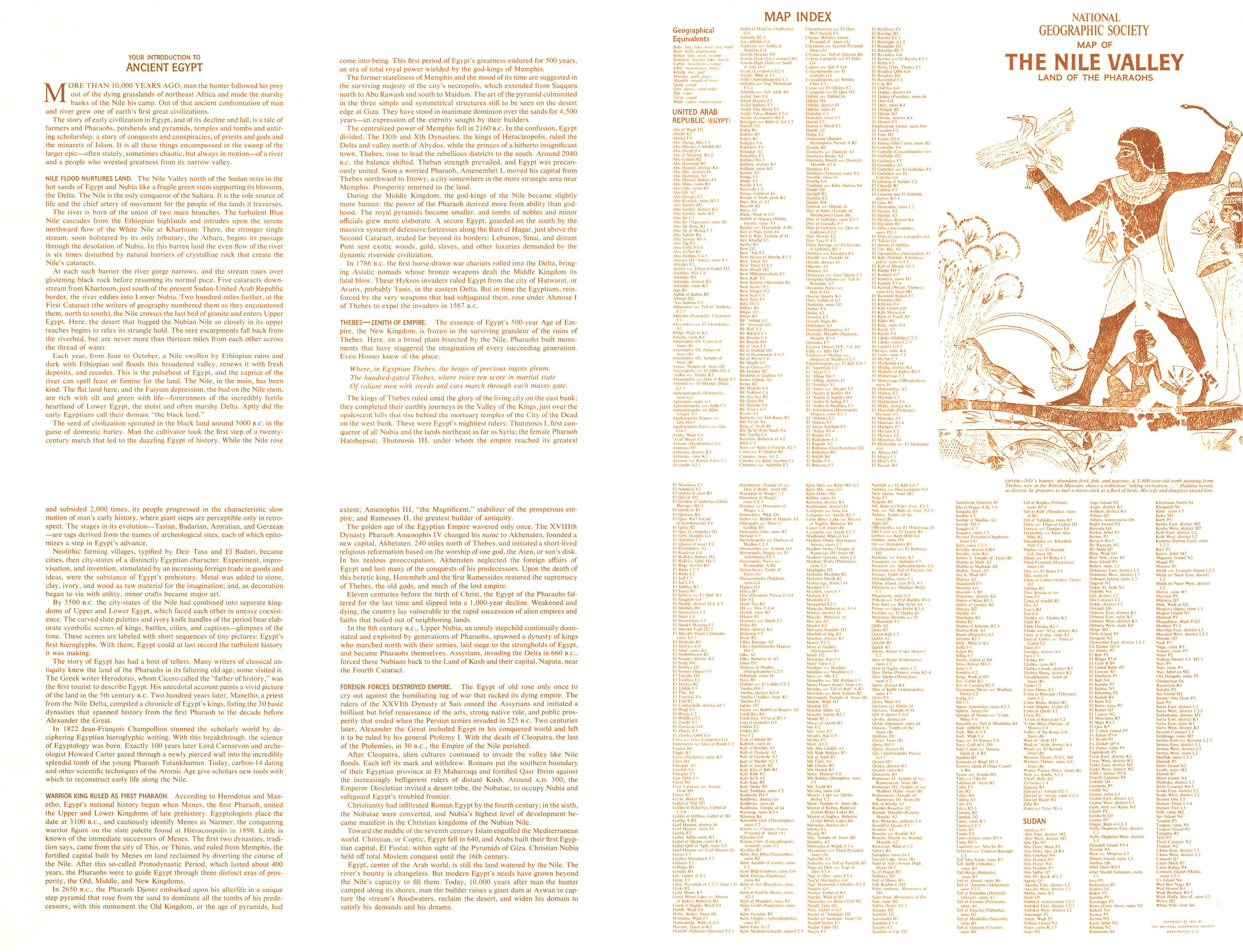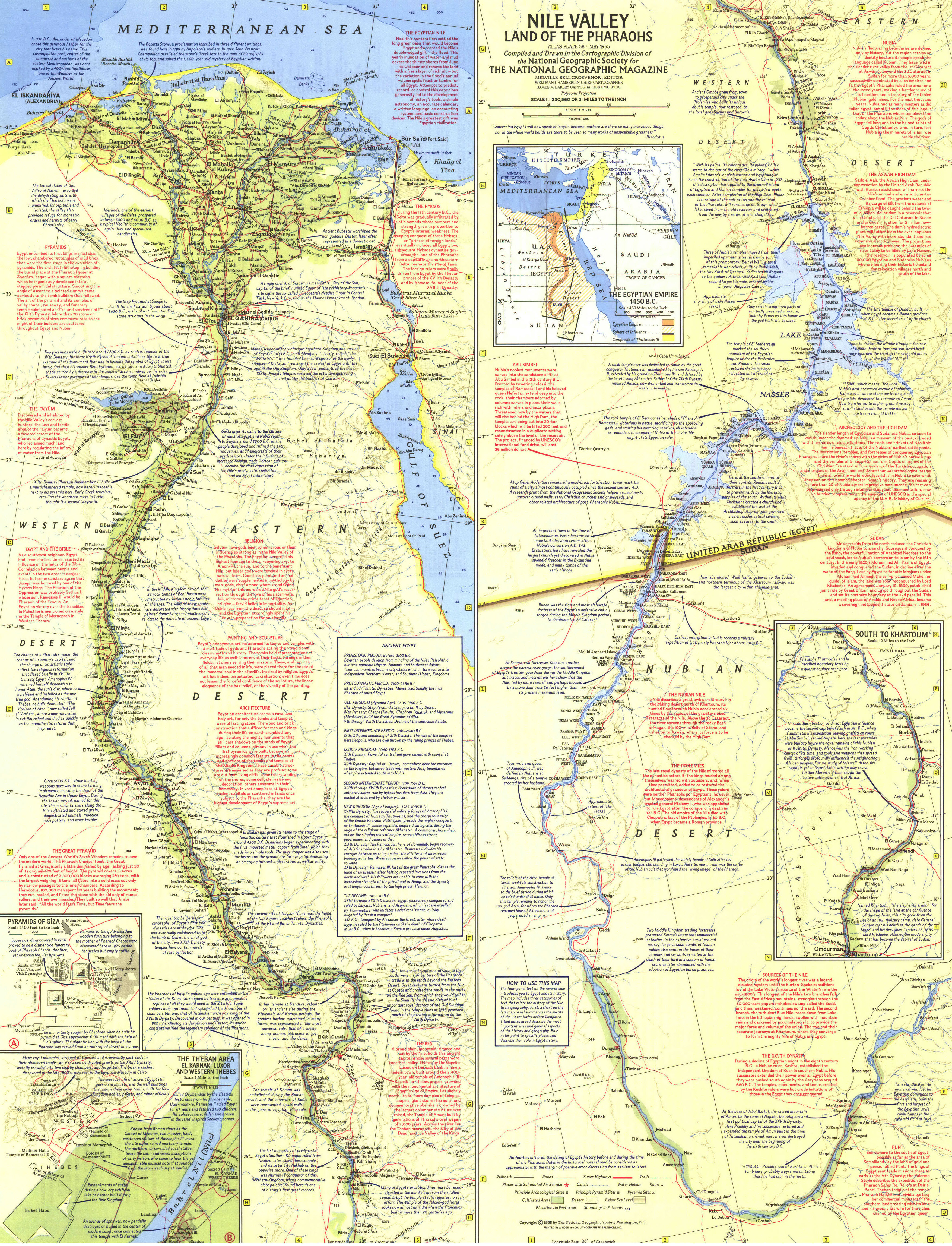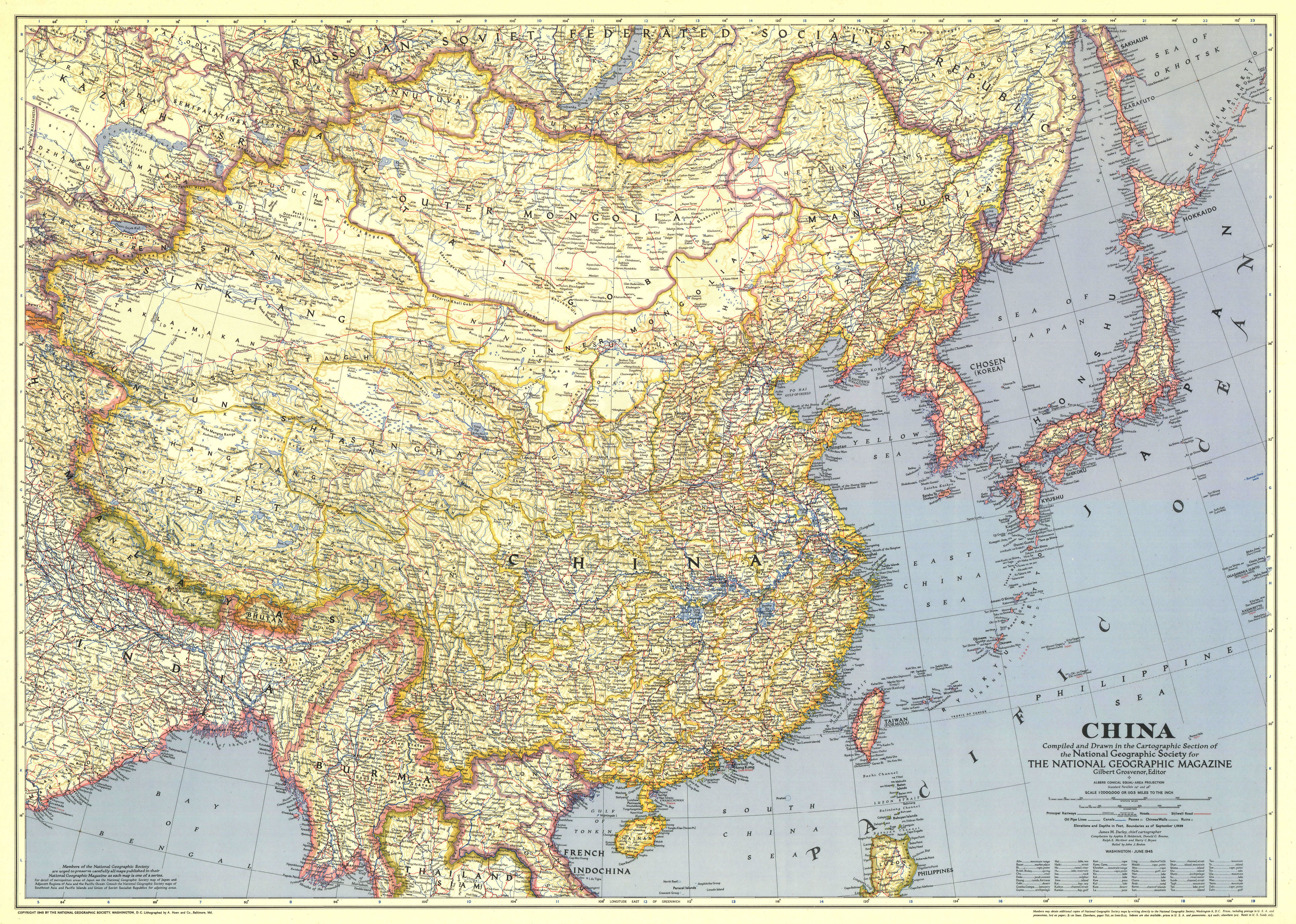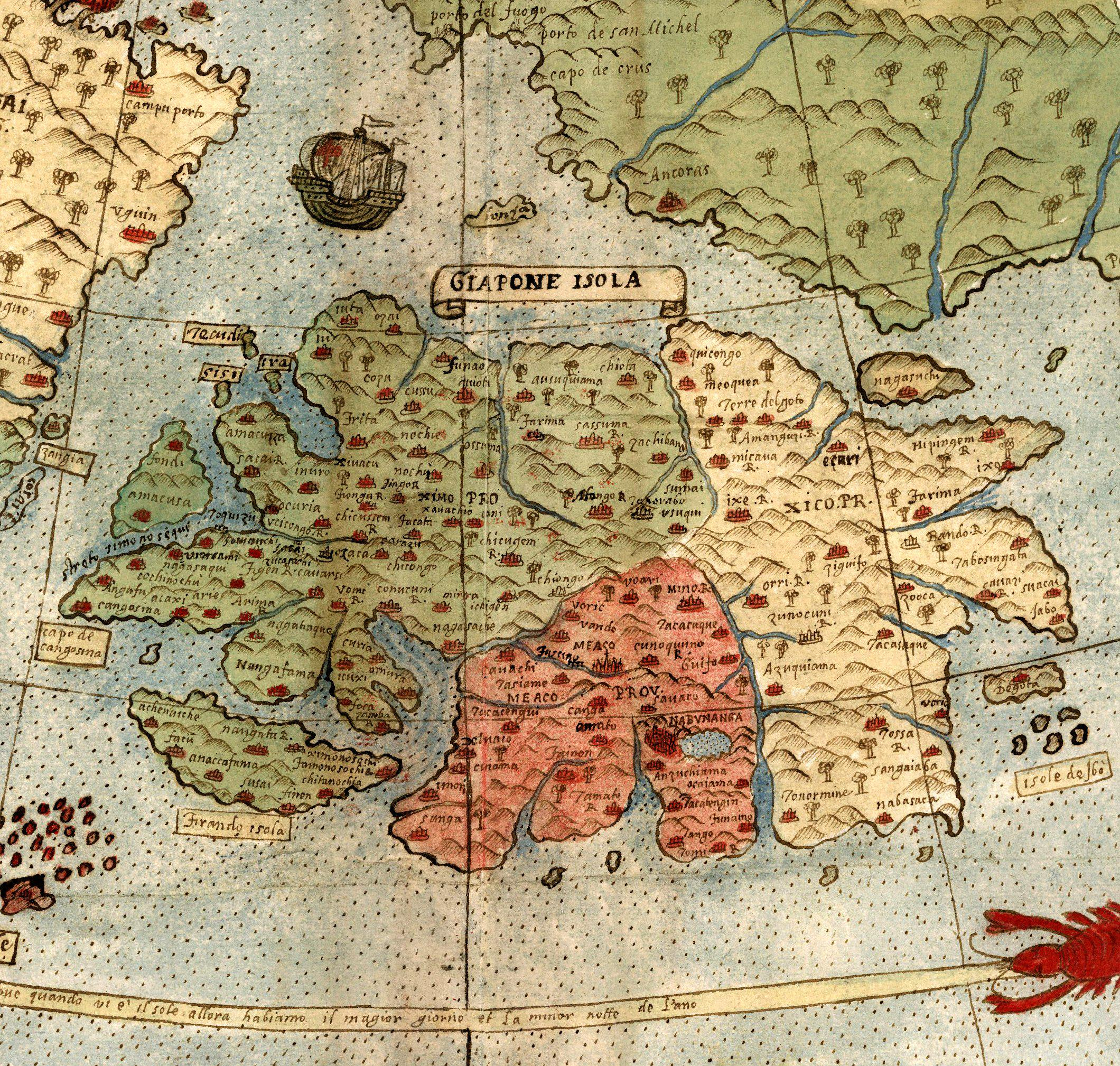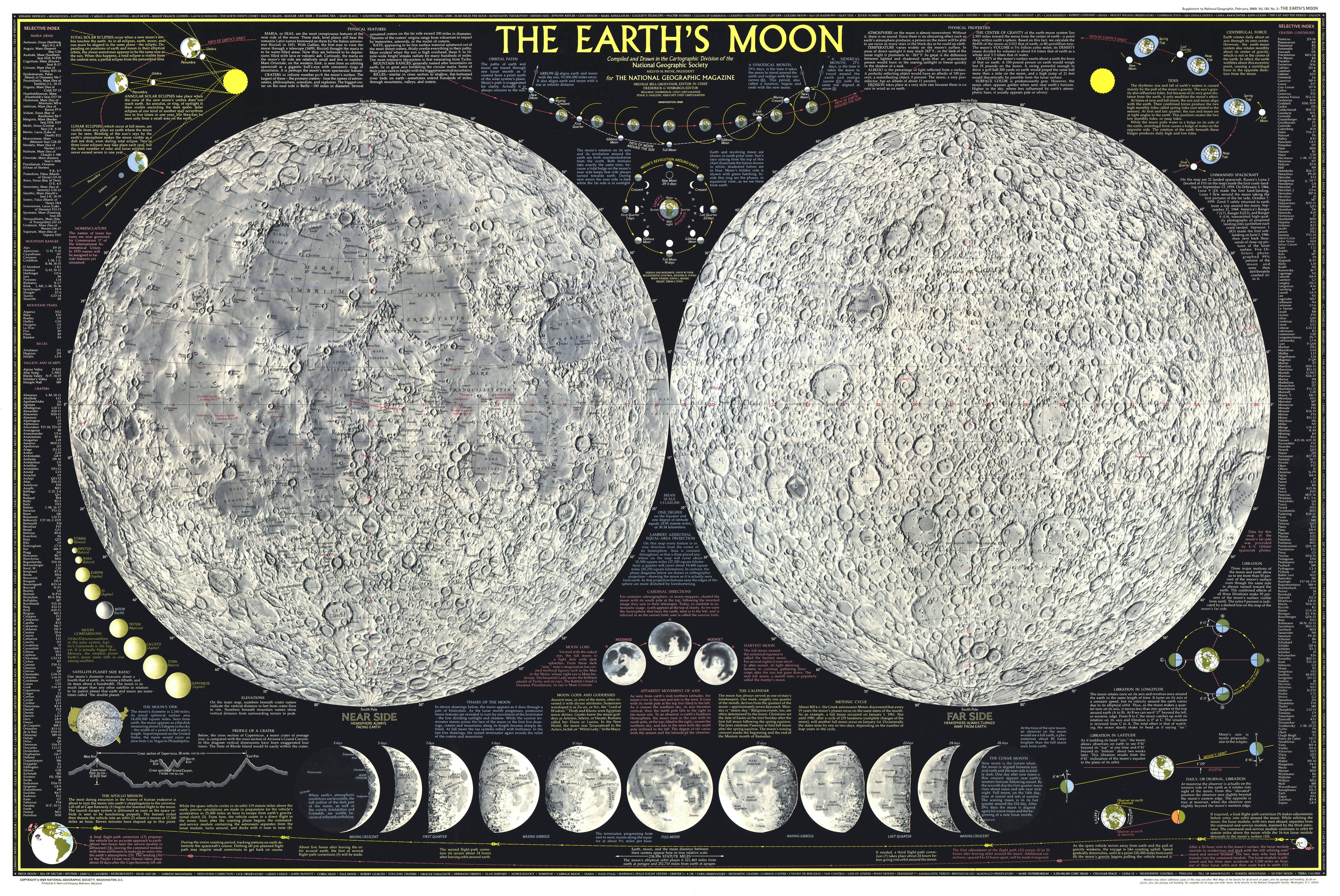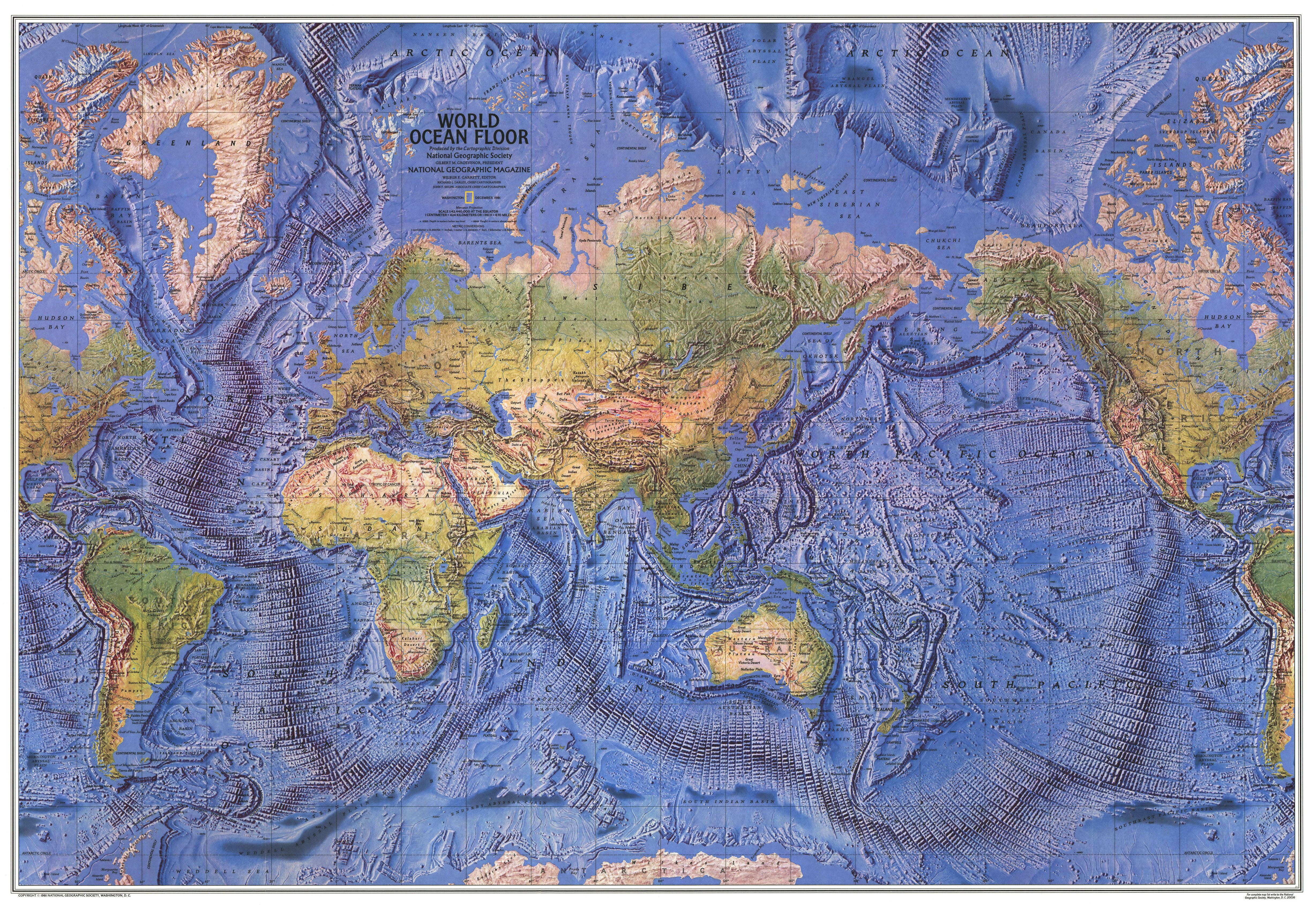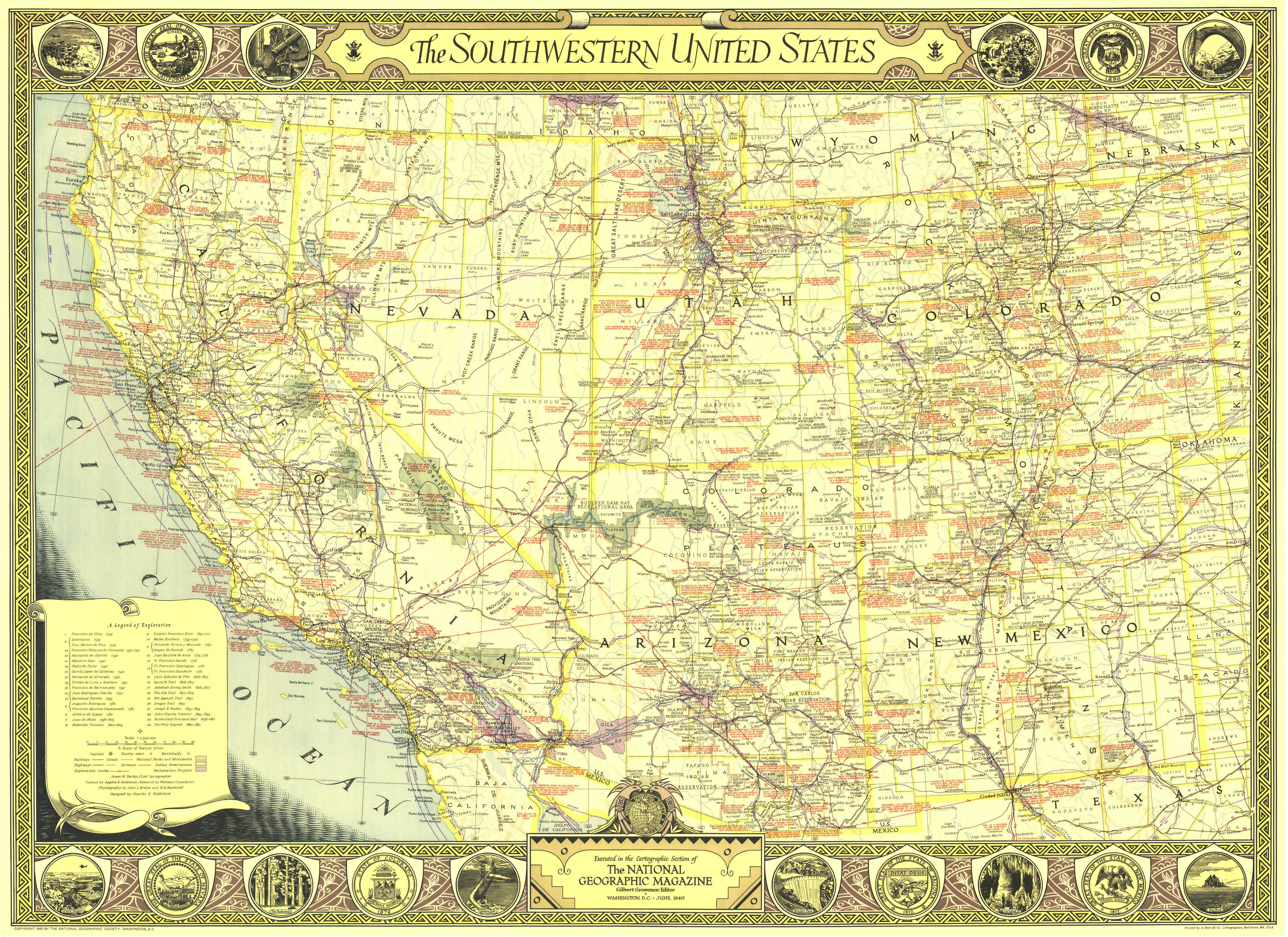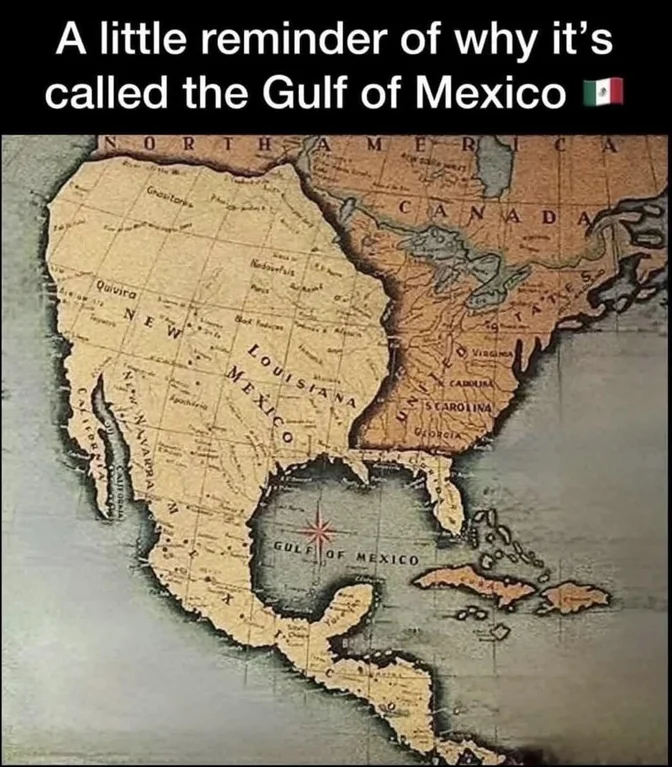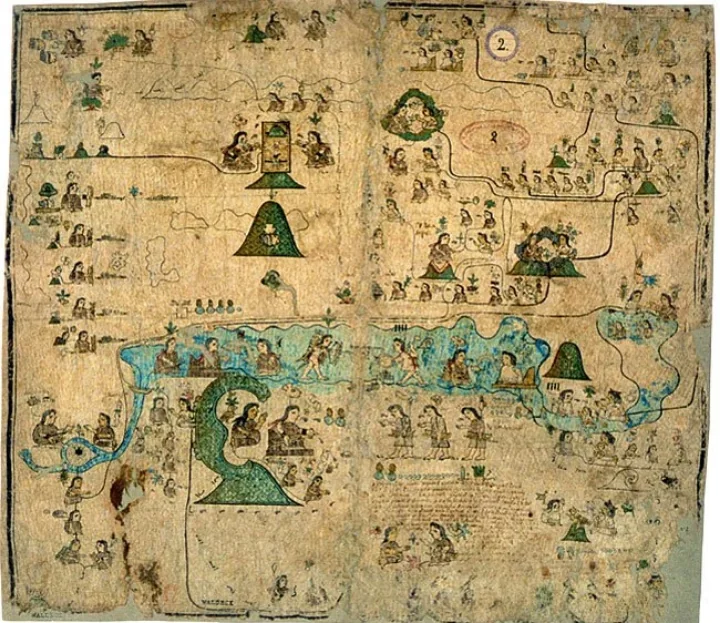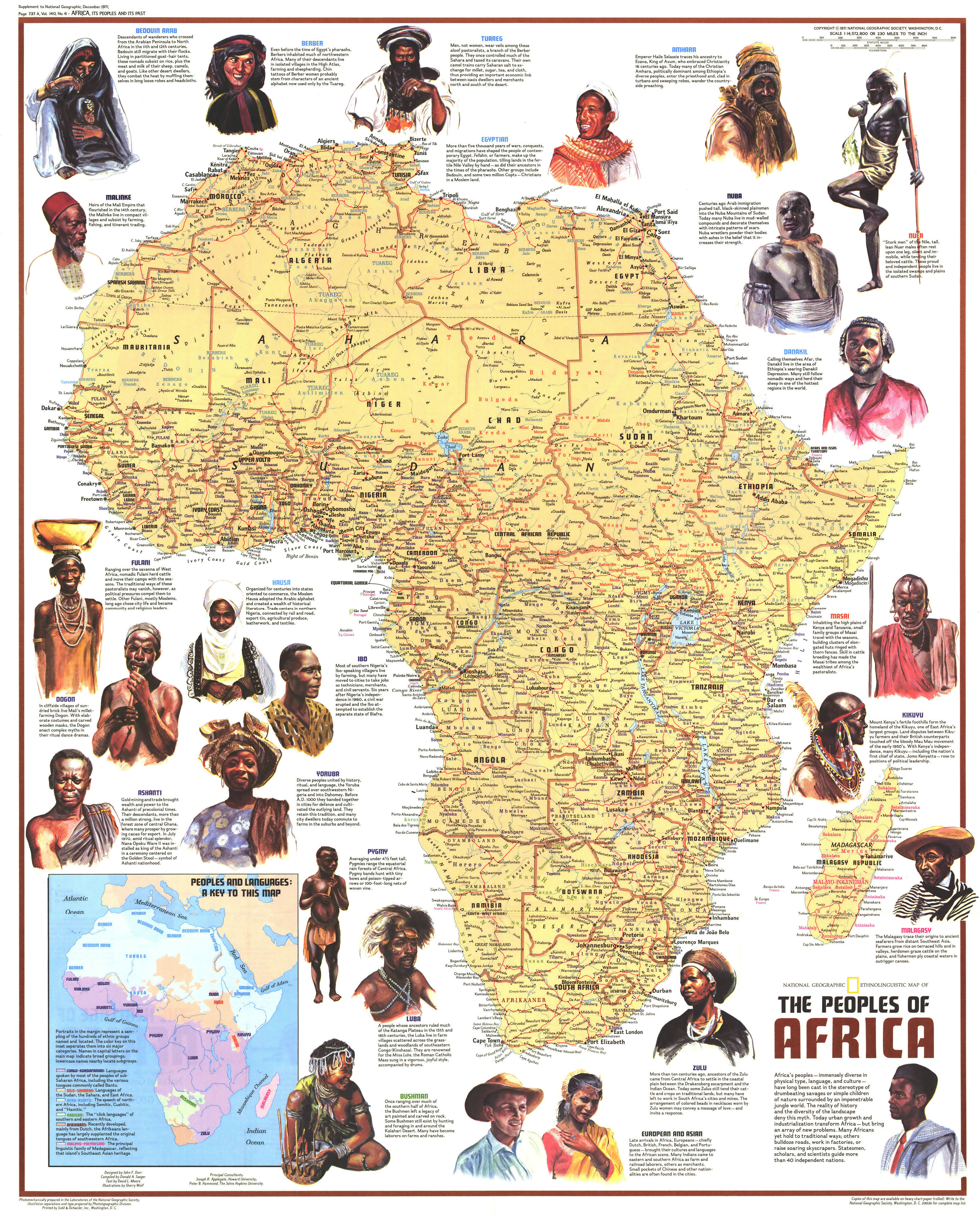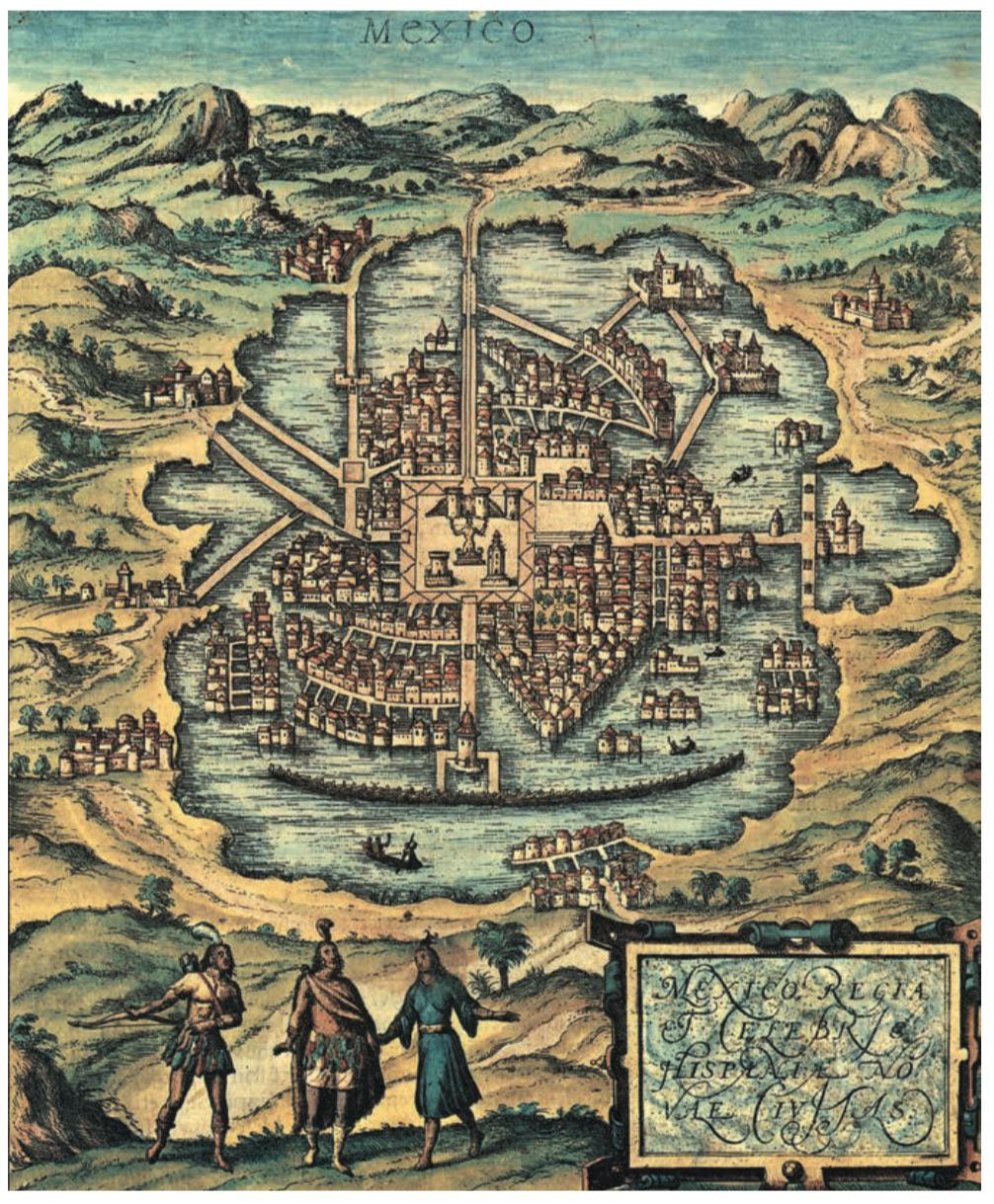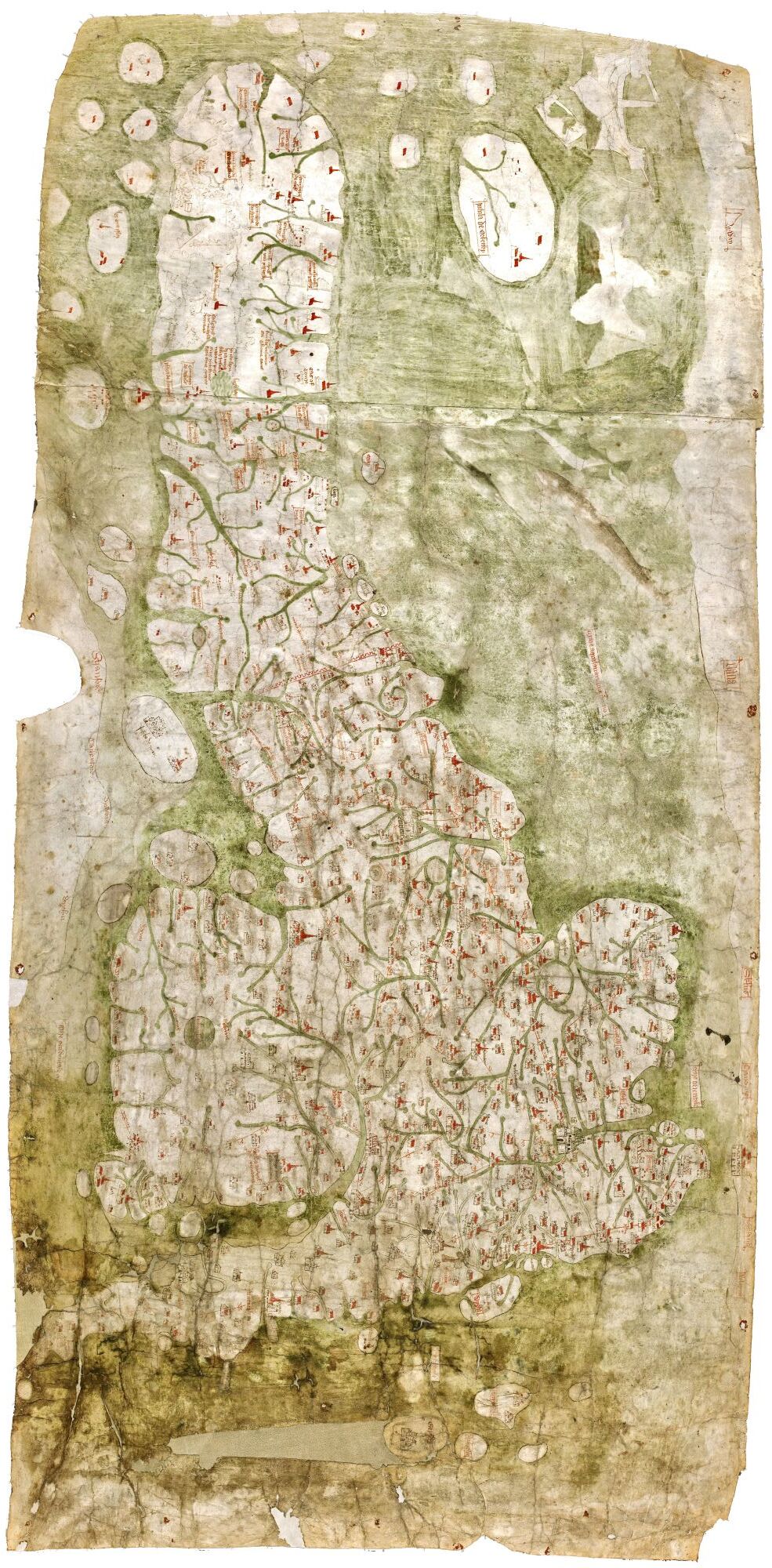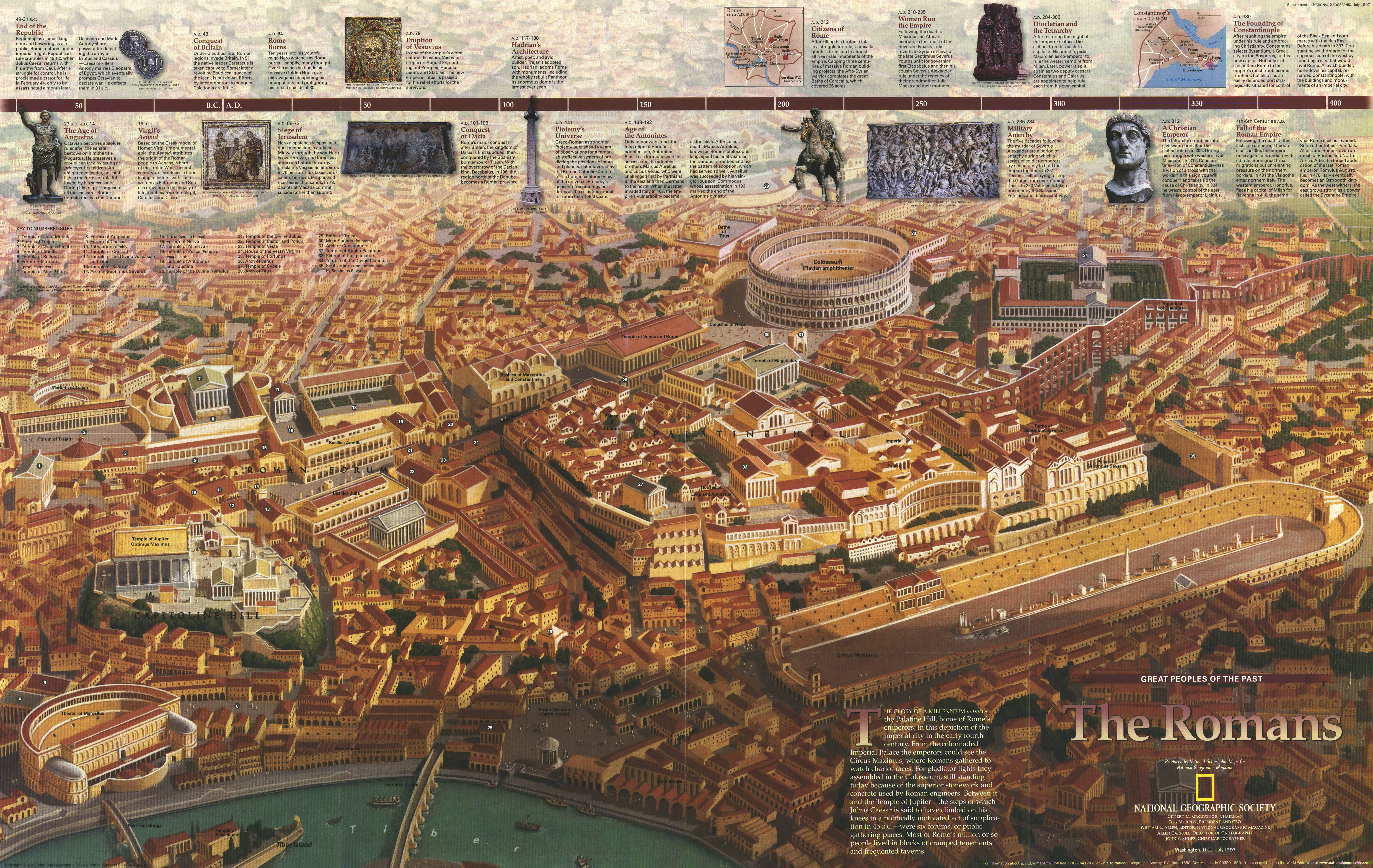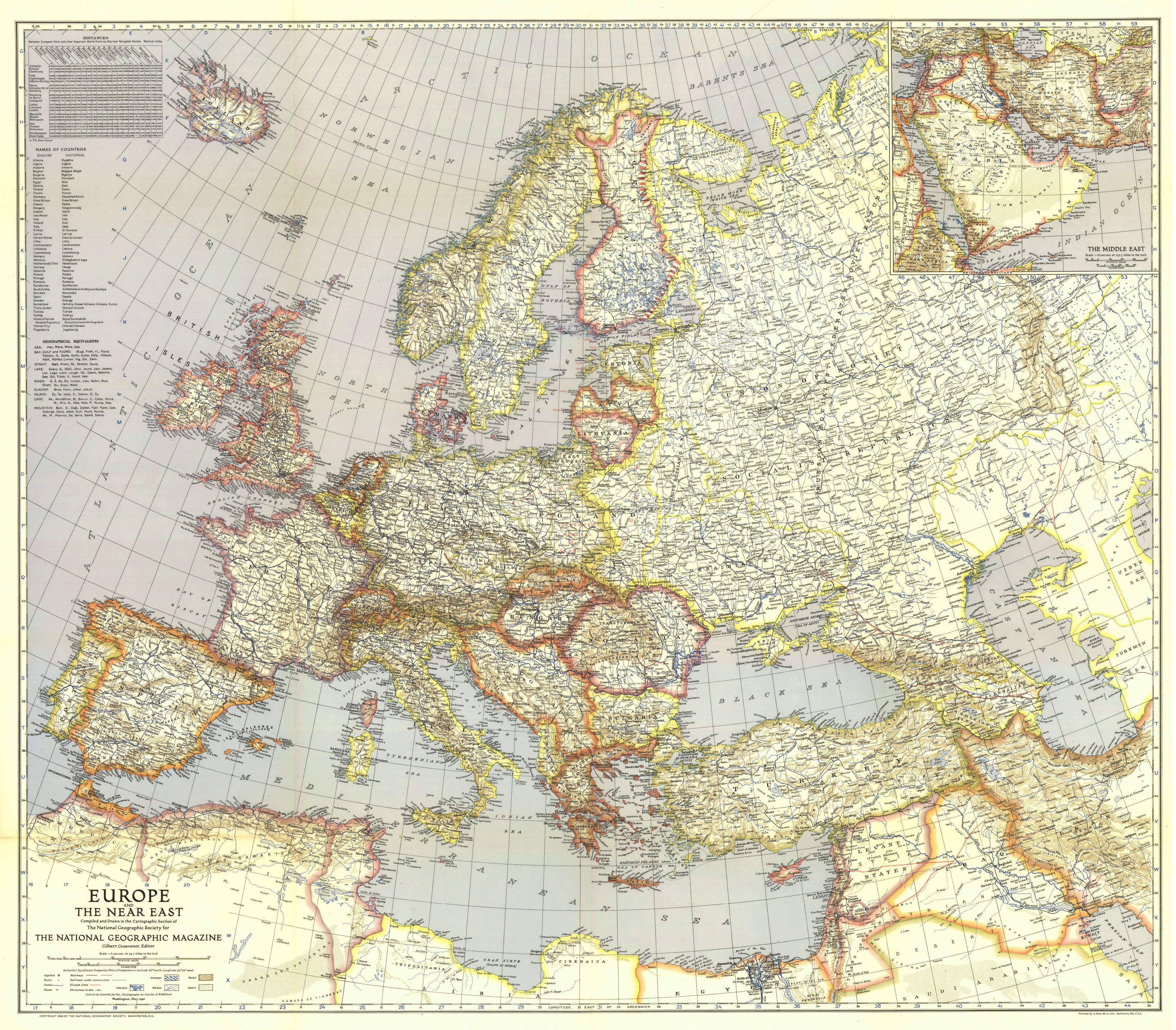Absolute Nuclear (Light Yellow)
Definition: A family structure consisting only of parents and their children, with no extended relatives living together. Once children marry, they form their own independent households.
Regions: Predominantly in the UK, Ireland, and parts of Scandinavia. This reflects a cultural emphasis on individualism and early independence.
Egalitarian Nuclear (Orange)
Definition: Similar to the absolute nuclear family, but with more equality in inheritance and gender roles between spouses. Children still leave to form independent households, but there’s less rigid hierarchy within the family.
Regions: Found in Spain, Portugal, southern France, and parts of Italy. This structure aligns with Mediterranean cultural norms of balanced familial roles.
Stem Family (Light Blue)
Definition: A family where one child (usually the eldest son) remains in the parental home with their spouse and children, while other siblings leave to form their own households. The stem family ensures the continuity of the family estate.
Regions: Common in central Europe, including Germany, Austria, and parts of France. This reflects a tradition of preserving family property through one heir.
Incomplete Stem Family (Gray)
Definition: A variation of the stem family where the designated heir might not always stay with the parents, or the system is less rigid. Extended family involvement is limited compared to a full stem family.
Regions: Seen in parts of central and eastern Europe, like Poland and Hungary. This indicates a transitional family structure between stem and nuclear models.
Communitarian (Dark Blue)
Definition: A family structure where multiple generations live together, often with brothers and their families sharing a household. Inheritance is typically divided equally among siblings, and communal living is emphasized.
Regions: Predominantly in southern Italy, parts of the Balkans, and eastern Europe, including Finland. This reflects a collectivist culture prioritizing extended family unity.

